The Ningaloo Reef, stretching along the western coast of Australia, is one of the world’s most extraordinary marine ecosystems. Known for its vibrant coral formations and diverse marine life, it offers a unique opportunity to swim alongside the gentle giants of the ocean—whale sharks. However, as tourism grows, so does the need for stringent regulations to protect both these magnificent creatures and their fragile habitat. The Australian government, in collaboration with conservationists, has established strict spacing guidelines to ensure sustainable interactions between humans and whale sharks.
The allure of swimming with whale sharks has drawn thousands of visitors to Ningaloo Reef each year. These filter-feeding behemoths, often measuring up to 12 meters in length, migrate through the reef’s warm waters between March and July. Unlike other shark species, whale sharks are docile and pose little threat to humans, making them ideal for close encounters. However, their sheer size and the delicate balance of their environment necessitate careful management to prevent stress or harm to the animals.
Regulations governing human interaction with whale sharks are meticulously designed to minimize disruption. The Western Australian Department of Biodiversity, Conservation, and Attractions mandates that swimmers maintain a minimum distance of three meters from the shark’s body and four meters from its tail. These rules are enforced by licensed tour operators, who brief participants before entering the water. Additionally, only a limited number of boats are permitted in the vicinity of a whale shark at any given time, reducing overcrowding and ensuring a more controlled experience.
The importance of these spacing guidelines cannot be overstated. Whale sharks, though tolerant of human presence, are sensitive to excessive noise and physical contact. Harassment or accidental collisions can lead to behavioral changes, such as altered feeding patterns or avoidance of popular areas. By adhering to the prescribed distances, swimmers can observe these creatures without infringing on their natural behaviors. The regulations also protect humans, as a sudden movement from a whale shark—despite their calm demeanor—could inadvertently cause injury due to their immense size.
Enforcement and education play pivotal roles in the success of these measures. Tour operators are required to obtain special permits and undergo rigorous training to ensure compliance. Spotter planes and drones are often used to locate whale sharks, allowing for a coordinated approach that prevents multiple boats from converging on a single animal. Before entering the water, participants receive detailed instructions on how to behave, emphasizing the need for slow, deliberate movements and avoiding sudden splashes. This preparation fosters a respectful and awe-inspiring experience for both the sharks and the swimmers.
Beyond the immediate benefits to whale sharks, these regulations contribute to broader conservation efforts. Ningaloo Reef is a UNESCO World Heritage Site, recognized for its ecological significance. By promoting responsible tourism, Australia sets a global example for how marine wildlife encounters can be conducted sustainably. The data collected during these interactions also aids researchers in monitoring whale shark populations, migration patterns, and overall health, providing invaluable insights for long-term preservation strategies.
The future of whale shark tourism at Ningaloo Reef hinges on continued adherence to these spacing guidelines. As climate change and other environmental pressures threaten marine ecosystems, the need for proactive conservation becomes even more critical. Visitors play a crucial role in this effort—by choosing operators who prioritize ethical practices and by respecting the rules in place, they help ensure that future generations can witness the majesty of whale sharks in their natural habitat.
Ultimately, the Ningaloo Reef’s whale shark experience is a testament to the delicate balance between human curiosity and environmental stewardship. The spacing regulations are not merely bureaucratic hurdles but vital safeguards that allow this extraordinary interaction to thrive. For those fortunate enough to glide beside a whale shark in the crystal-clear waters of Ningaloo, the memory is unforgettable—a fleeting yet profound connection with one of the ocean’s most enigmatic inhabitants.
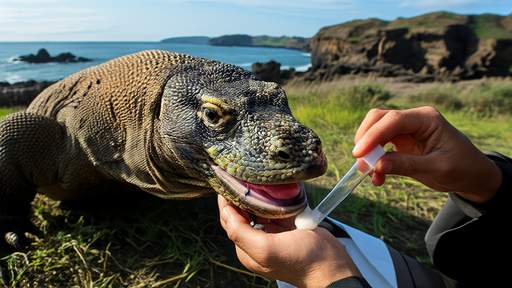
By /Jun 5, 2025

By /Jun 5, 2025

By /Jun 5, 2025
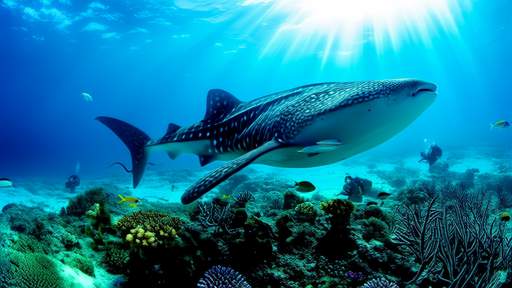
By /Jun 5, 2025

By /Jun 5, 2025
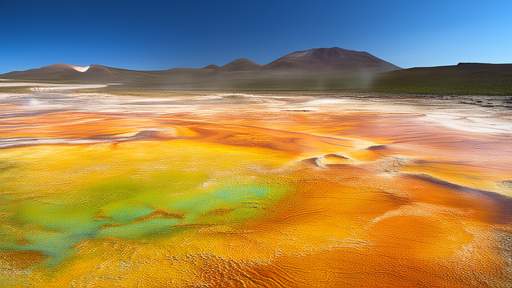
By /Jun 5, 2025

By /Jun 5, 2025
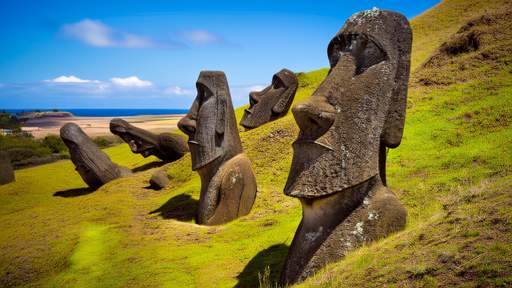
By /Jun 5, 2025

By /Jun 5, 2025

By /Jun 5, 2025

By /Jun 5, 2025

By /Jun 5, 2025

By /Jun 5, 2025
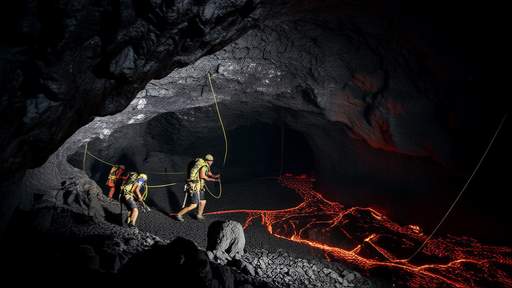
By /Jun 5, 2025
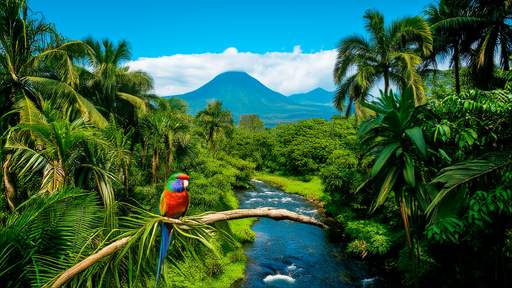
By Victoria Gonzalez/Jun 4, 2025

By Grace Cox/Jun 4, 2025

By Sophia Lewis/Jun 4, 2025
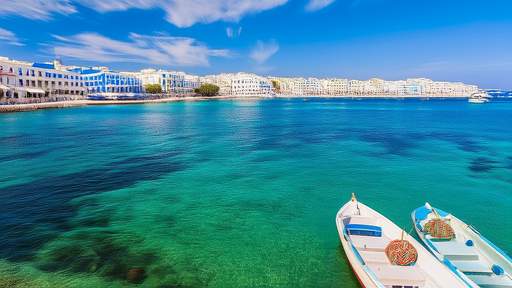
By Elizabeth Taylor/Jun 4, 2025
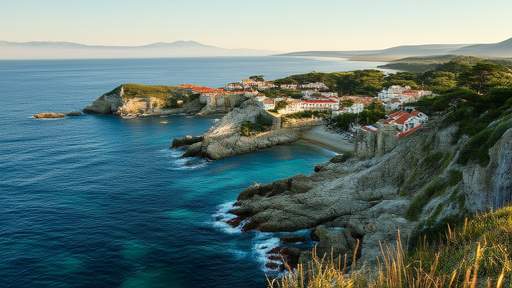
By Megan Clark/Jun 4, 2025

By Megan Clark/Jun 4, 2025